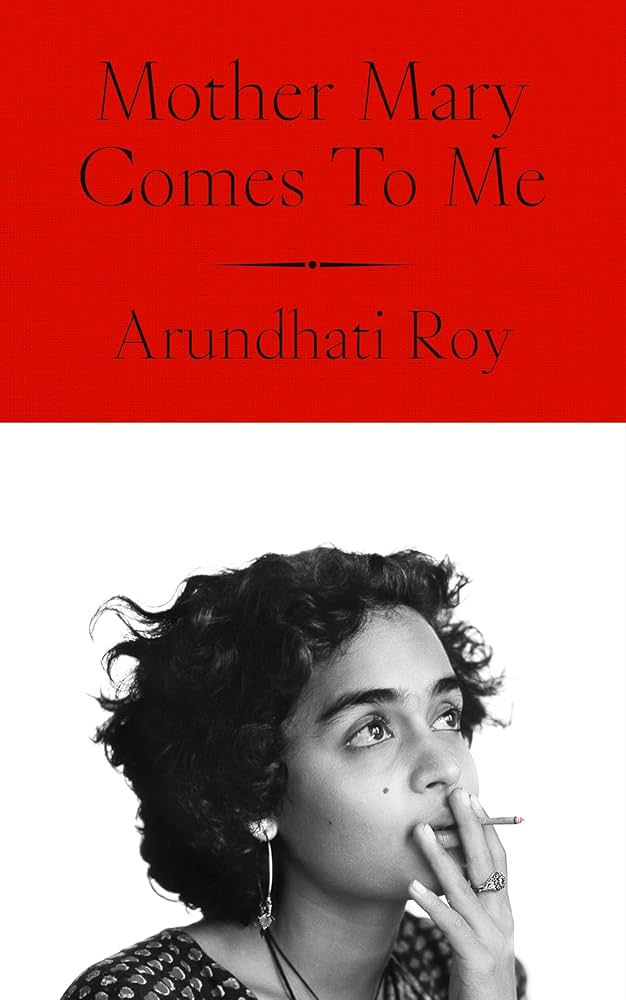The House of Bernarda Alba
- anasuyaray
- Aug 24
- 2 min read
Updated: Aug 26
- A Review in Haibun
Grief is not always visible on the face. It enters silently with padded feet. Five daughters of immaculate strength, waiting forever to be carried away on white stallions by the men of their dreams, now wear only black as they mourn—eight years of solitude and silence, shunned by everyone, as decreed by their mother Bernarda.
They inhale the stale summer air indoors and peek through the cracks of walls and windows for a flicker of light. Adela, the youngest, yearns for the touch of her lover, while Angustias, the eldest from another father, readies her trousseau to marry Adela’s lover, Pepe El Romano.
The sisters come together, and in the heat of the afternoons, they daydream about life outside their prison-house—if ever it comes to be. They sing to the Choral Song as harvesters in the fields finish their work and go back to their homes.
on a summer night
Martirio quietly takes
a photo of Pepe
The desires of women—how fierce, how impossible to cage within the laws of men. The world turns a deaf ear to their longings. Each yearns for love, love meant solely for them.
And yet, what they are given is solitude.
Maria confined—
Bernarda clings to her pride,
as wind carries decay
Note: This Haibun is a reflection after watching the play of the House of Bernada Alba: “The House of Bernarda Alba is Federico Garcia Lorca’s last play, finished on 19 June 1936, two months before his assassination by Nationalist forces at the beginning of the Spanish Civil War. Originally written as a picture of the life of women in rural Spain, it reflects the marginalization of women in a patriarchal world; societal norms that dictate this and how, the more things change, the more they stand still.















Comments